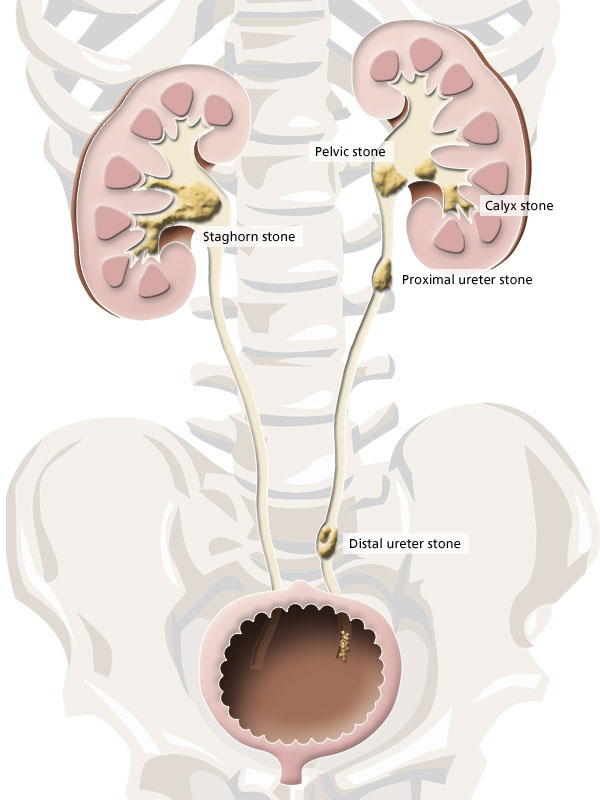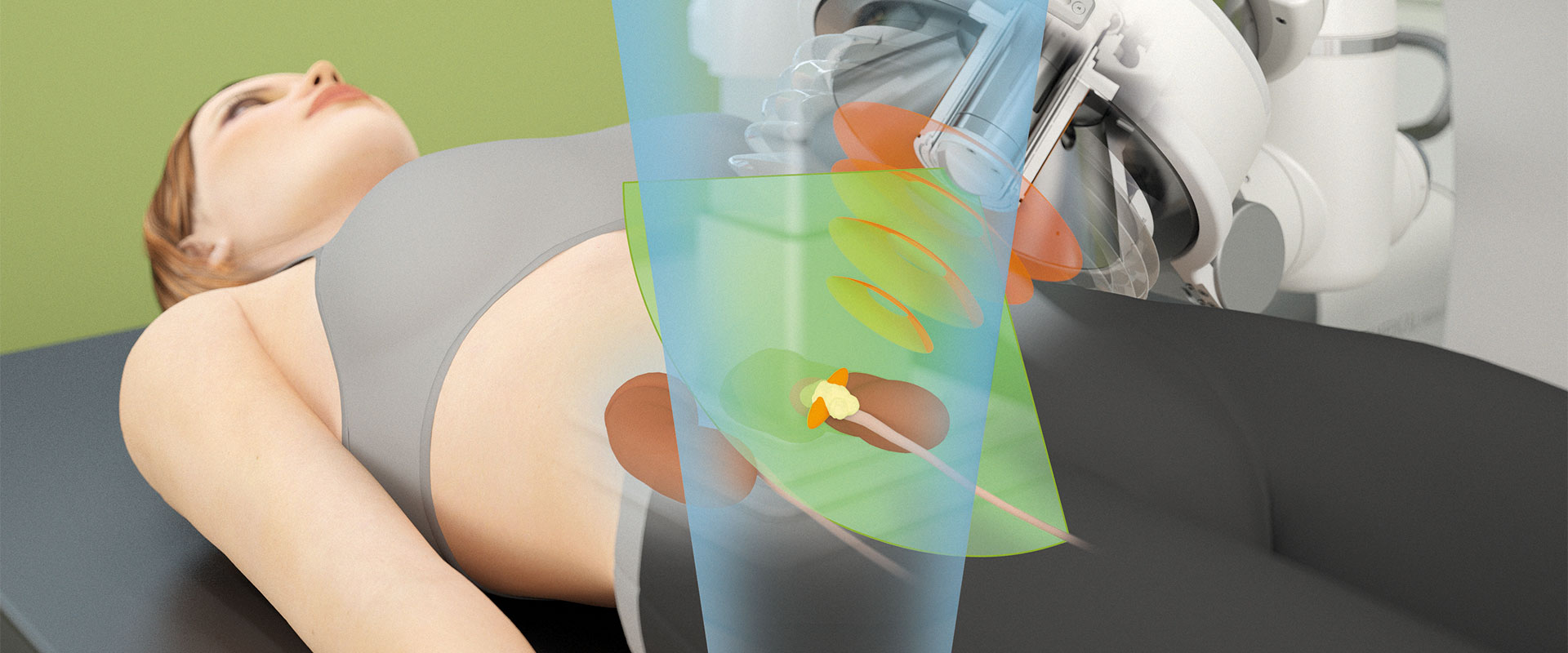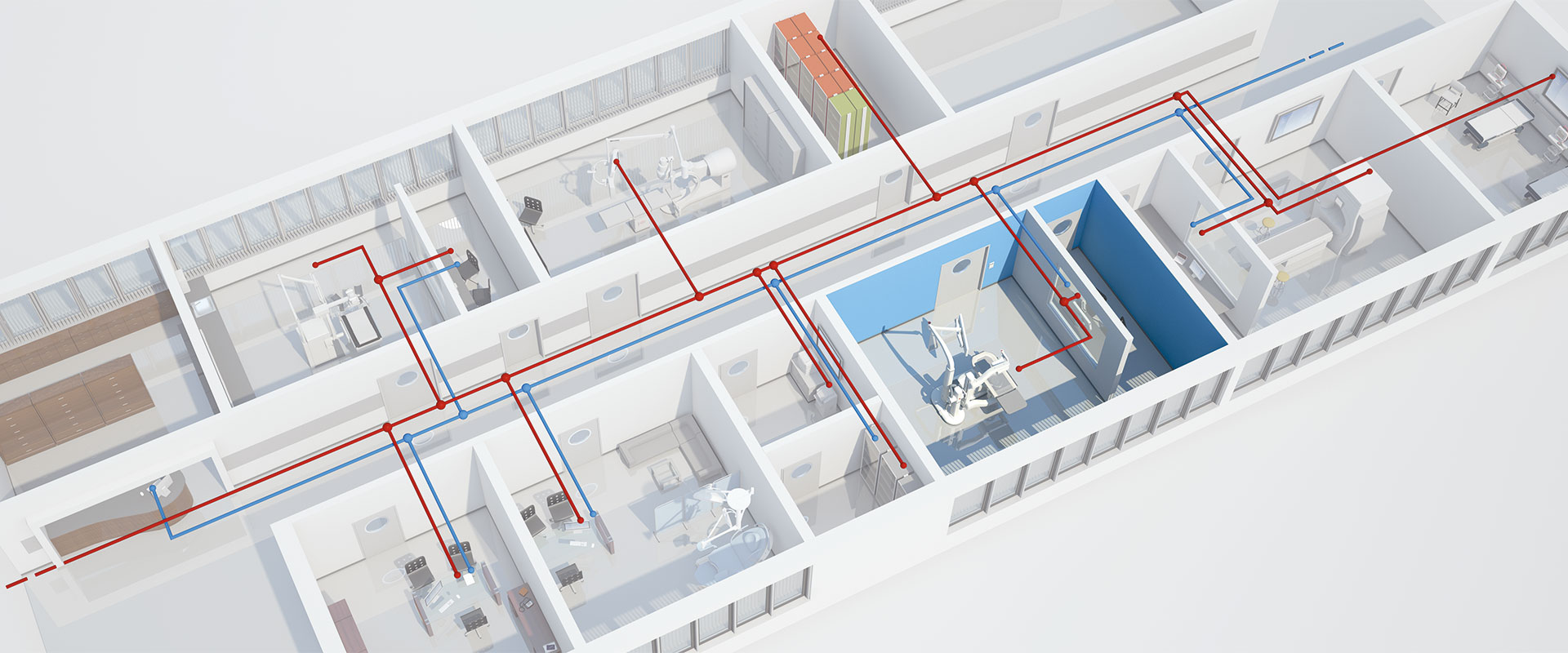Patient Information Urology
The first successful disintegration of kidney stones in a human body by shock wave application was performed in February 1980. Today, mechanical shock wave energy is introduced into the body by means of a transducer that is coupled to the patient's skin surface. As soon as the shock wave energy impacts on the kidney stone to be removed, the calculus is broken up into sand-like granular fragments which are flushed out of the body naturally during urination. A unique feature of the MODULITH® SLX-F2 shock wave system developed by STORZ MEDICAL is that the energy focus required to crush the stone can be perfectly matched with the size of the stone to be fragmented. This ensures enhanced therapy efficiency and minimum side effects.
Kidney stones: How to choose the right therapy?
The diagnosis of kidney stones inevitably raises the question as to which therapy will work best in your specific case. Today, there are various invasive and non-invasive procedures to choose from according to the type of stone and the specific stone location in the kidneys or ureter.

Consult your doctor and jointly decide on the right treatment for your specific needs. The individual procedures not only differ in terms of their invasiveness and anaesthesia requirements, but also with respect to the rapidity of stone clearance and to the surgical risks they may involve.
Kidney stones in adults – information for patients
National Kidney and Urologic Diseases Information Clearinghouse
Kidney stones, one of the most painful of the urologic disorders, are not a product of modern life. Scientists have found evidence of kidney stones in a 7,000-year-old Egyptian mummy. Unfortunately, kidney stones are one of the most common disorders of the urinary tract; more than 1 million cases were diagnosed in 1996. An estimated 10 percent of people in the United States will have a kidney stone at some point in their lives. Men tend to be affected more frequently than women.



